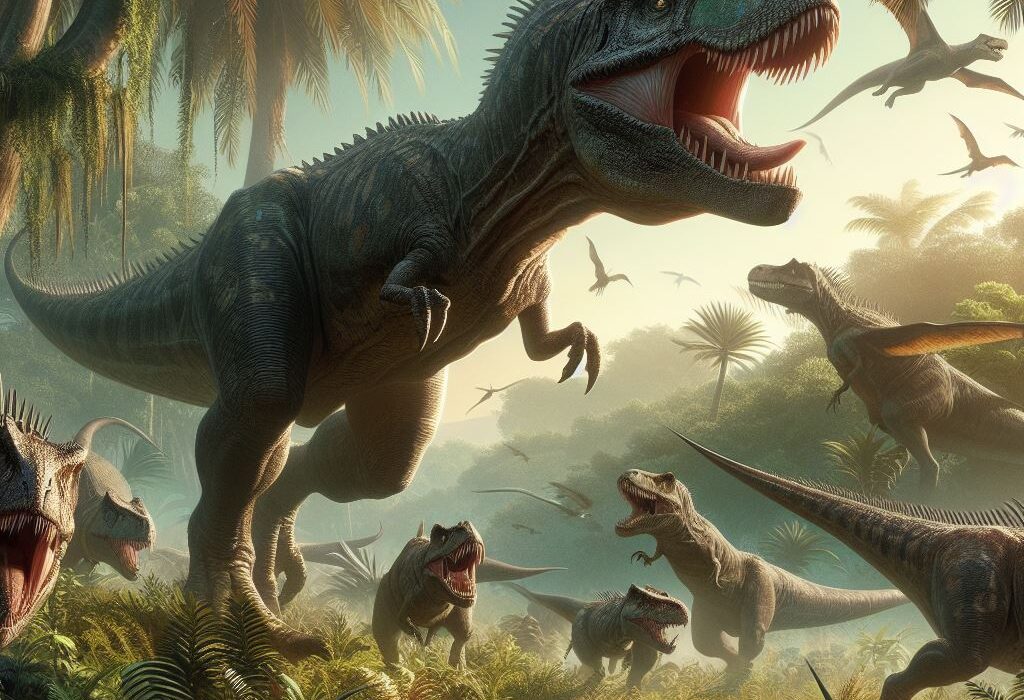Imagine a prehistoric landscape teeming with life, but death also played a significant role. A new study published in PLOS ONE by researchers at Portland State University suggests that carnivorous dinosaurs like Allosaurus might have benefited greatly from not just hunting live prey, but also by feasting on the massive carcasses of long-dead giants like sauropods.
The abundance of these enormous herbivores presented a potential feast for the right type of predator. To explore this idea, the researchers built a virtual world – an agent-based model – simulating a Jurassic ecosystem. This digital landscape populated by simulated dinosaurs mirrored the creatures found in the Morrison Formation, known for its abundance of Allosaurus and sauropods.
Within this model, the researchers tweaked the virtual carnivores, mimicking how evolution could have shaped them for either hunting or scavenging. Interestingly, the model revealed that when plentiful sauropod carcasses were available, scavenging became the more “profitable” strategy. In other words, it appears that for some carnivores, exploiting these massive meals may have been a more efficient way to survive.
The researchers acknowledge that their model is a simplified snapshot of a complex ecosystem. Adding more dinosaur species or tweaking the life cycles of these virtual creatures could alter the results. However, this study highlights the potential impact of carrion on the evolution of prehistoric predators.
“Our model suggests that large theropods like Allosaurus could have thrived primarily on a diet of sauropod carrion,” explain the researchers. Even with live prey around, the allure of a giant carcass seems to have been too good to resist. They propose that these carnivores might have developed seasonal feasting habits, gorging on deceased sauropods during dry periods and storing fat reserves for leaner times.
This scavenging strategy makes sense when you consider the sheer amount of food a single sauropod carcass could provide. Estimates suggest a single carcass could sustain a pack of Allosaurus for weeks or even months. Additionally, sauropods were likely the most common dinosaurs in these environments, making them a readily available, albeit deceased, food source.
So next time you think about the fearsome hunters of the dinosaur era, remember, they might have also been opportunistic scavengers, taking advantage of the bounty left behind by fallen giants.
Source: Public Library of Science










